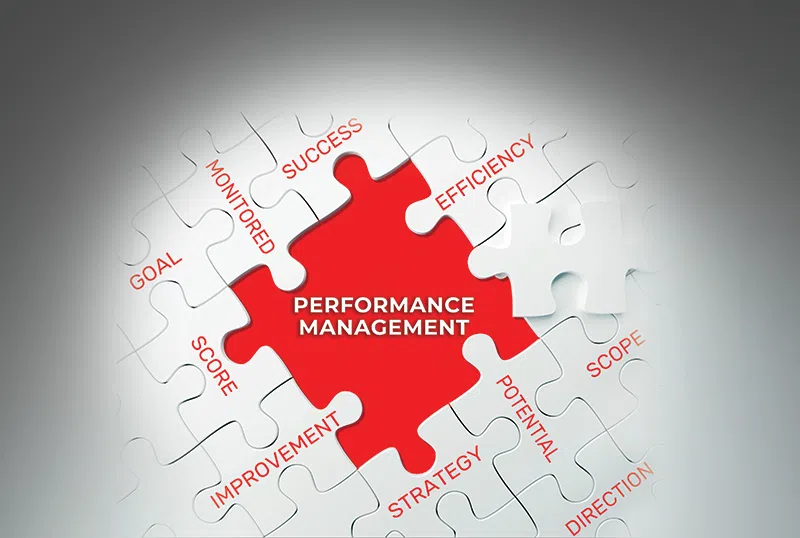A supervisory system will guide you in planning, directing, and controlling the performance of your employees.
Supervising employees is a routine challenge faced by HVACR contractors. As a business owner you need to act in ways that encourage the best performance from employees under supervision. This requires that you articulate your vision, set clear expectations with employees as to how they will work together and then hold employees accountable for their work performance. You must motivate employees, manage any conflict, resolve problems, and help employees meet both personal and business objectives.
You can accomplish this by developing a supervisory system — a set of values and policies to follow. A supervisory system guides you in forecasting, directing, and monitoring employee performance. This system illustrates in detail how your supervisory tasks will be accomplished, whether through a supervisory session with one or more employees or through written or oral communication. Having a supervisory system helps you keep track of all the selected activities performed by employees. It can include:
- A supervisory schedule
- A supervisory session plan
- A system for performance appraisal
Supervisory Schedule
When designing a schedule for periodic supervisory sessions, several key features must be included in your schedule. As the supervisor you will need to specify the dates, times, places, and names of the individuals under your supervision. Your schedule should also include the subjects to be discussed during each session.
Having this structured schedule guiding your activities can be beneficial in several ways. First, it allows those you supervise time to prepare for each session. By making employees aware in advance of the areas you want to cover, you will give them ample opportunity to prepare for the discussion, which will help the meeting move along.
The schedule also ensures that each session has a clear purpose so as not to waste time. When you and the employee have an outline of what you’ll be discussing and you’re both prepared, you can stay on track and keep the meeting brief.
- It will aid in reviewing materials in advance for each session.
- It will assist in forecasting potential difficulties and preventing them.
- It helps to identify what support or assistance an employee needs to get the job done properly.
Supervisory Session
An efficient and comprehensive supervisory session requires good planning. Before beginning any supervisory session determine all activities you will closely observe and all relevant information you will need to collect during the session. Your plan should also contain a space for subjects that need follow-up attention. For each employee, your supervisor’s session plan must cover:
- Essential job tasks: core activities that are essential for the operation of the business. They are drawn from the job description.
- Selected tasks: activities that occur less frequently but also enhance the execution of core activities and can be drawn from work plans or objectives that may exist.
- Support activities: activities performed during each session, such as checking that any forms are updated and collecting any additional information from the employee.
Performance Appraisal
Few supervisory duties are as critical to achieving your company’s mission, vision and values as properly putting into practice the performance appraisal process. Performance appraisals provide information for constructive feedback, encourage performance improvement, justified termination and identify training and development needs. A well-designed performance appraisal process features four phases:
The performance planning phase is an annual review and discussion of an employee’s competencies, key responsibilities and personal development plans.
The performance execution phase happens throughout the year as the employee works to achieve agreed upon objectives and key responsibilities the supervisor creates conditions that motivates and resolve any performance issues.
The performance assessment happens before yearly appraisals are due. The supervisor reviews all forms on how well the employee has performed and may recommend change in compensation based on how well objectives have been achieved.
The performance review is the actual meeting between supervisor and employee to evaluate both the supervisor’s appraisal form and the employee’s self-appraisal of job performance. During this meeting is also when performance strengths, weakness, and improvement needs should be discussed.
The performance management of individual employees is an essential factor to your company’s success. Implementing a supervisory system is an excellent way to monitor the volume and quality of work performed by employees.



